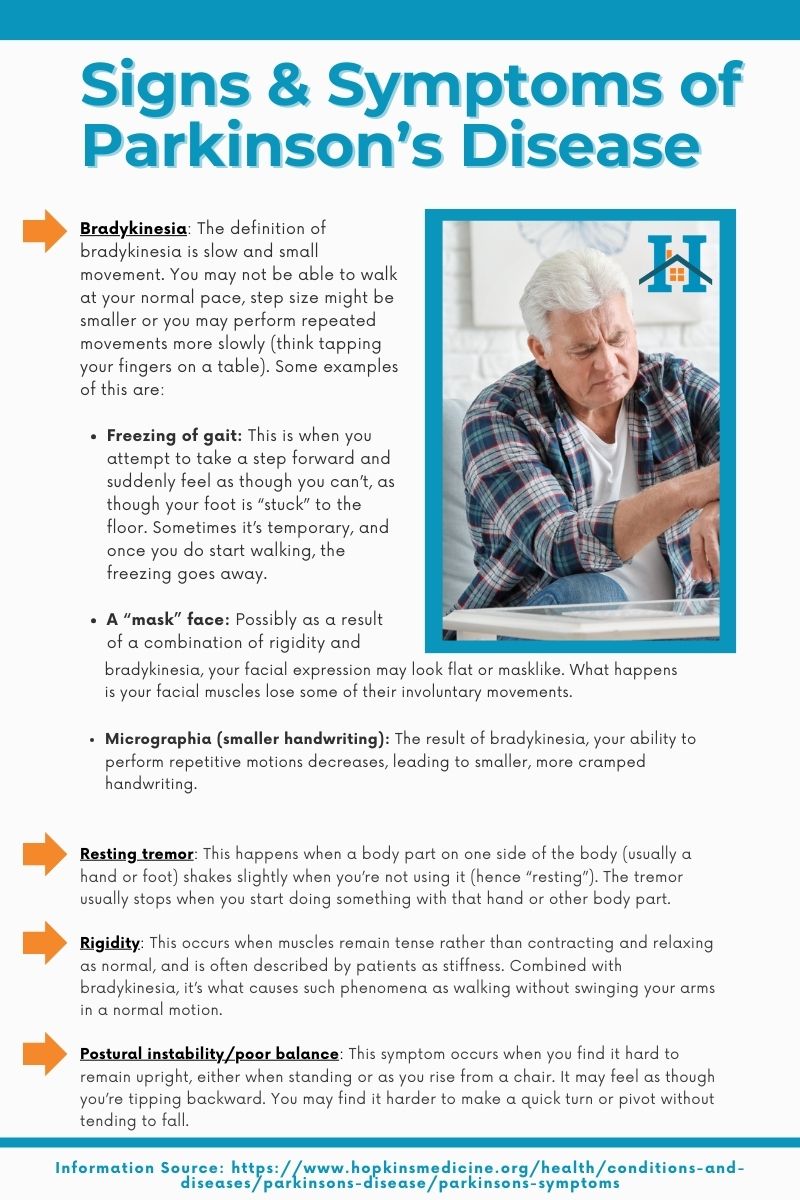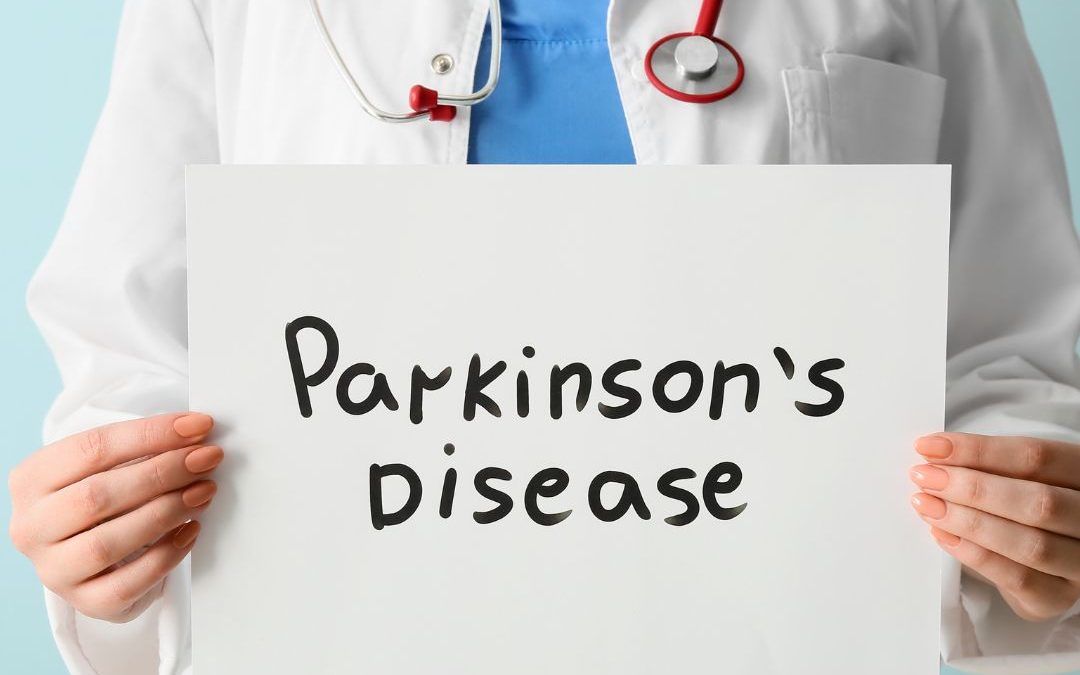Parkinson’s disease (PD) is a progressive neurological disorder that predominantly affects the motor system, leading to symptoms such as tremors, rigidity, and bradykinesia (slowness of movement).
Although it can occur in younger individuals, it is more commonly diagnosed in people over 60. Understanding Parkinson’s and managing its symptoms can significantly improve the quality of life for those affected. This blog post aims to shed light on Parkinson’s disease, with a focus on useful tips and resources for seniors.
What is Parkinson’s Disease?
Parkinson’s disease is caused by the degeneration of neurons in a region of the brain called the substantia nigra. These neurons produce dopamine, a neurotransmitter that plays a key role in regulating movement and coordination. As Parkinson’s progresses, the decrease in dopamine levels leads to the symptoms that characterize the disease.
Symptoms of Parkinson’s Disease
The primary symptoms of Parkinson’s include:
- Tremor: Shaking which typically begins in a limb, often the hand or fingers.
- Rigidity: Muscle stiffness that can occur throughout the body.
- Bradykinesia: Slowness of movement that can severely impede daily activities.
- Postural instability: Impaired balance and coordination, increasing the risk of falls.
Non-motor symptoms can also appear, such as sleep disturbances, sensory changes, and cognitive alterations. Emotional changes are common, with depression, anxiety, and apathy affecting many with PD.

Managing Parkinson’s Disease
While there is no cure for Parkinson’s disease, there are treatments available that can help manage its symptoms:
- Medications: Drugs such as Levodopa, dopamine agonists, and MAO-B inhibitors are commonly prescribed to manage PD symptoms by increasing or substituting for dopamine.
- Physical Therapy: Engaging with a physical therapist can help improve mobility, flexibility, balance, and strength.
- Exercise: Regular exercise has been shown to improve both motor and non-motor symptoms of Parkinson’s. Activities like Tai Chi, yoga, and walking can be particularly beneficial.
- Healthy Diet: Eating a balanced diet rich in fruits, vegetables, whole grains, and lean proteins can help maintain overall health and energy levels.
- Support Groups: Joining a Parkinson’s disease support group can provide emotional support and valuable information about living with PD.
Tips for Seniors Living with Parkinson’s Disease
- Stay Active: Engage in regular physical activity to improve your overall mobility and mood. Consult with a healthcare provider to tailor the type of exercise to your specific needs.
- Maintain Social Connections: Isolation can lead to depression. Staying connected with friends, family, and support groups can keep spirits high.
- Fall-Proof Your Home: Make adjustments in your home to reduce the risk of falls. Install grab bars, remove loose rugs, and ensure there is plenty of lighting.
- Regular Check-ups: Routine visits with your healthcare provider can help manage the progression of symptoms effectively.
- Educate Yourself and Others: Understanding your condition and educating those around you can help in managing expectations and adjusting living conditions.
Resources
For additional information and support, the following resources can be incredibly helpful:
- Parkinson’s Foundation: Provides a wealth of information about Parkinson’s disease including treatment options, coping strategies, and local support groups. Visit the Parkinson’s Foundation
- Michael J. Fox Foundation: Offers detailed information about research advancements and practical living tips for those with Parkinson’s. Visit the Michael J. Fox Foundation
- National Institute on Aging: Offers updates on research and tips on living with Parkinson’s Disease. Visit the NIA’s website
Conclusion
Living with Parkinson’s disease as a senior can present unique challenges. However, with the right treatment plan and support, individuals can manage their symptoms effectively and maintain a high quality of life. It’s important to consult with healthcare providers to create a personalized approach to managing the disease. Remember, you are not alone, and many organizations and support groups are available to help you navigate this journey.

